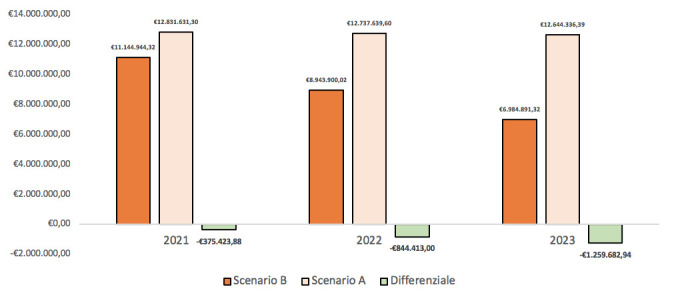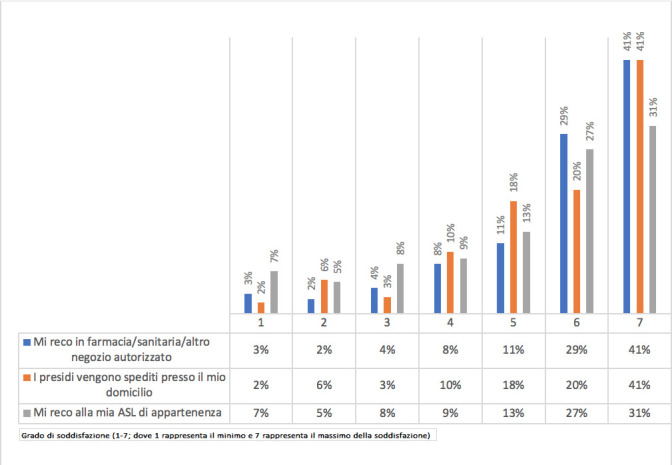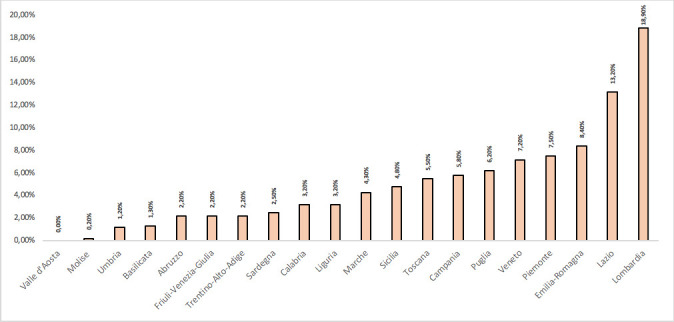意大利卫生保健设置中按stos和尿失禁分配的方式:一份评估问卷和直接分配的社会负担。
IF 0.5
Q4 HEALTH CARE SCIENCES & SERVICES
引用次数: 0
摘要
本文章由计算机程序翻译,如有差异,请以英文原文为准。



Le modalità distributive dei presidi per stomia e incontinenza nel setting sanitario italiano: un questionario di valutazione e il burden sociale della distribuzione diretta.
Distribution methods of ostomy and incontinence aids in the Italian healthcare setting: an evaluation questionnaire and social burden of direct distribution Background: The distribution of ostomy and incontinence devices takes place through different modalities according to the regional provisions in force. A first possibility is represented by direct distribution by the local health authorities. A second possibility consists of indirect distribution through affiliated retailers, typically pharmacies and authorized retailers of medical devices. A third form of distribution concerns home distribution. Methods: A survey has been administered to patients’ associations in order to investigate the degree of patients’ satisfaction with the distribution methods of medical devices necessary for the conditions associated with ostomy and incontinence and to provide an estimate of the indirect costs associated with distribution methods in the Italian healthcare context through the development of a budget impact model. Results: The distribution methods associated with a greater degree of satisfaction seem to be indirect and home distribution. Regarding the results of the budget impact mode, in our simulation, a diffusion of home distribution compared to direct and indirect distribution could lead to savings equal to 2,479,519 € over the three-year time horizon considered. Conclusion: The analysis conducted demonstrates how an increase in home distribution in the context of devices associated with people with ostomy or who practice self-catheterization can be associated with resource savings for the entire society (indirect costs avoided). The survey also demonstrates how this distribution method is associated with a good degree of satisfaction on the part of the users who use it.
求助全文
通过发布文献求助,成功后即可免费获取论文全文。
去求助
来源期刊

Global & Regional Health Technology Assessment
HEALTH CARE SCIENCES & SERVICES-
CiteScore
0.80
自引率
20.00%
发文量
27
审稿时长
8 weeks
期刊介绍:
Global & Regional Health Technology Assessment (GRHTA) is a peer-reviewed, open access journal which aims to promote health technology assessment and economic evaluation, enabling choices among alternative therapeutical paths or procedures with different clinical and economic outcomes. GRHTA is a unique journal having three different editorial boards who focus on their respective geographical expertise.
 求助内容:
求助内容: 应助结果提醒方式:
应助结果提醒方式:


